Karl Storz 8700A Laryngoscope 0-Degree 5.5 mm
Introducing the Karl Storz 8700A Laryngoscope for Sale. Total length 18 inches.
How does Laryngoscopy work?
The doctor may do some tests before the Laryngoscopy to get a better idea of the patient’ symptoms. These tests may include:
- Physical exam
- Chest X-ray
- CT scan
- Barium swallow
If the doctor has the patient do a barium swallow, X-rays will be taken after they drink a liquid that contains the barium. This element acts as a contrast material and allows the doctor to see the throat more clearly. It’s not toxic or dangerous and will pass through the patient’ system within a few hours of swallowing it. Laryngoscopy usually takes between five and 45 minutes. There are two types of laryngoscopy tests: indirect and direct.
Indirect laryngoscopy – The indirect procedure can be performed in the doctor’s office using a small hand mirror, which is held at the back of the throat. The doctor will aim a light at the back of the throat, usually by wearing headgear that has a bright light attached. This technique will help the doctor examine the larynx, vocal cords, and hypopharynx, which is a part of the passageway to the lungs and stomach. Indirect laryngoscopy is not typically used with children, as it tends to cause gagging and can be hard for kids to tolerate.
Fiber-optic (flexible) laryngoscopy / Direct laryngoscopy – Fiber-optic or direct laryngoscopy examinations allow doctors to see deeper into the throat by using either a flexible or rigid telescope. Rigid telescopes are more often used as part of a surgical procedure in evaluating children with stridor (a noisy, harsh breathing) and removing foreign objects in the throat and lower airway. They are also used in collecting tissue samples (a biopsy), laser treatments, and in locating cancer of the larynx.
Karl Storz History
Karl Storz founded his company for the production of ENT instruments, headlamps and binocular loupes in 1945. This interest in medical vision, illumination, and thus physics consequently led him to specialize in endoscopes. He became fascinated with the idea of developing instruments that would enable the physician to look inside the body. However, the technology available at the time was still very limited. The area under examination in the interior of the human body was illuminated with miniature electric lamps. Alternatively, attempts were made to reflect light from an external source into the body through an endoscopic tube.
Karl Storz quickly realized that this method would not provide adequate illumination and so he resolved to find an alternative. In realizing this dream, Karl Storz benefited from two rather contradictory character traits: The unerring meticulousness of the craftsman and the imaginative power of the artist and inventor. The solution he found still holds true today: Very bright light generated by an external light source is introduced into the body through a flexible fiber optic light cable. The principle of “cold light illumination” paved the way for modern endoscopy and laid the foundation for the future success of the company KARL STORZ. With more than 400 patents and utility models, Karl Storz has played a crucial role in the development of modern endoscopy.
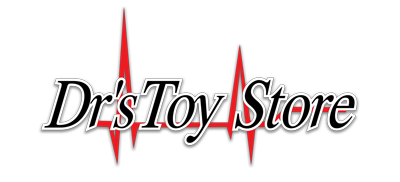
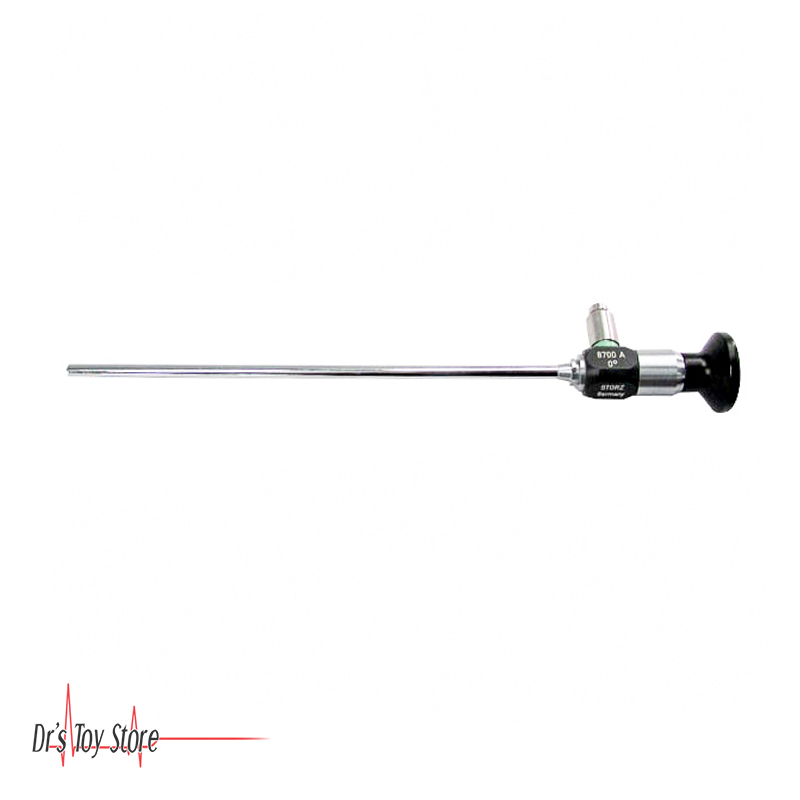
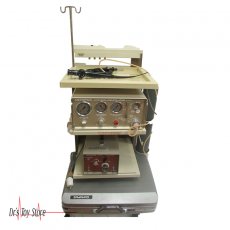
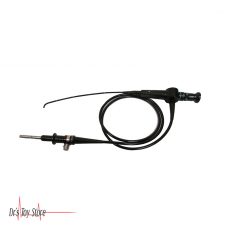
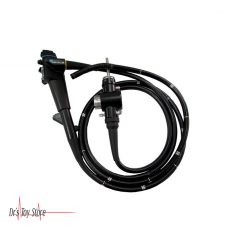
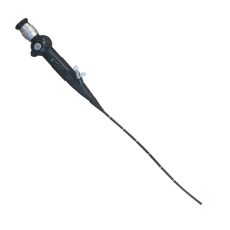
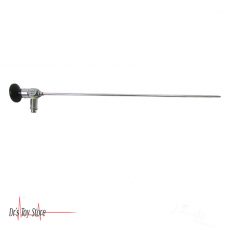
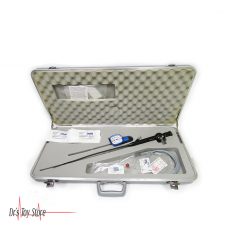
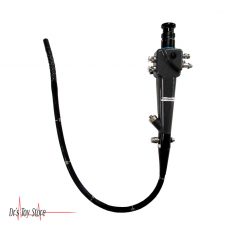
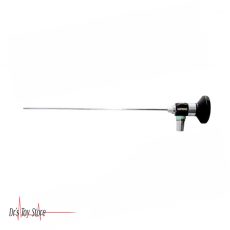
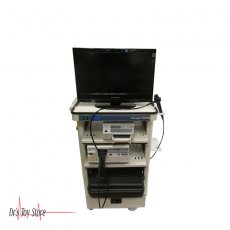

Reviews
There are no reviews yet.